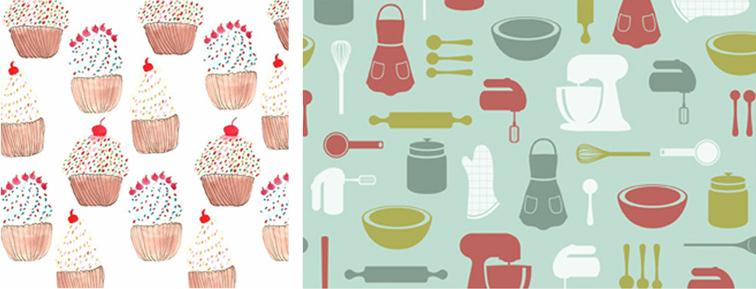Search
- yohoho
- unblocked games 77
- unblocked games 8
- unblocked games 2
- unblocked games for school
- unblocked games world
- retro bowl
- unblocked games
- unblocked games premium retro bowl college best unblocked games unblocked games
Before we proceed into the tutorial it is important to understand what makes up the image or illustration and its defining style. Each image-maker has their own personal callings or skill sets that allows them to mark out the bounding lines between which they operate, to produce beautiful images for an audience.
For some it may be the subject that is of value to them. For others it maybe the medium that they manipulate well. Culture, cityscapes, stereotyped people or thick lines, disjointed lines, fine lines can be the bearers of distinctive illustration styles. Colours, textures and patterns also become the primary ingredients of a well prepared image. Which elements shall be used, how many times do they appear, in what proportions, how complicated or how minimalistic, moving forward all these become rules to which an image-maker remains committed. When the content of the image is married to the method it is created in, the image becomes far more memorable, communicable thus achieving its purpose. The medium occasionally becomes the message.
Let us see some examples of varied styles in order to understand what really makes them different.


Some images are dependent on how well the tools have been explored. Both these images are rendered in pen and ink, but both serve very different purposes. While the first image is a detailed sketch of a kitchen very artistically executed, the second image works as a technical illustration used in the industry.

An artist's staple material 'paper' has been explored in a totally different medium in these images. It has been exploited to express the content. Cutting, folding arranging, twisting and manipulating paper thoughtfully is the essence of these images. A new meaning is lent to the subject owing to the choice of the medium.

The subject of these three images remains the same: Nature, flowers and birds. While one uses the base of a symmetrical pattern, the second image uses repeated printmaking for its execution. The last image serves a more educational purpose, as it is a botanical illustration.
For this particular project the rule is to use something fake to create something real. Or use something real to make something fake.